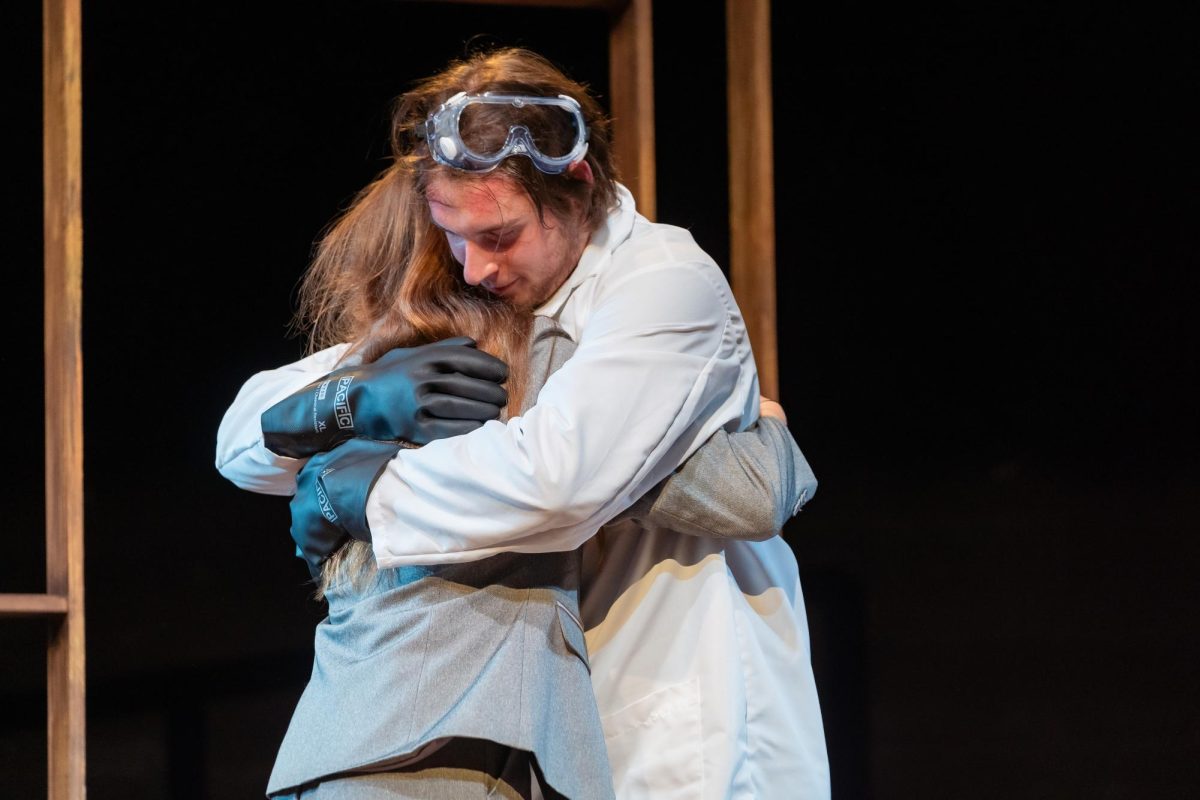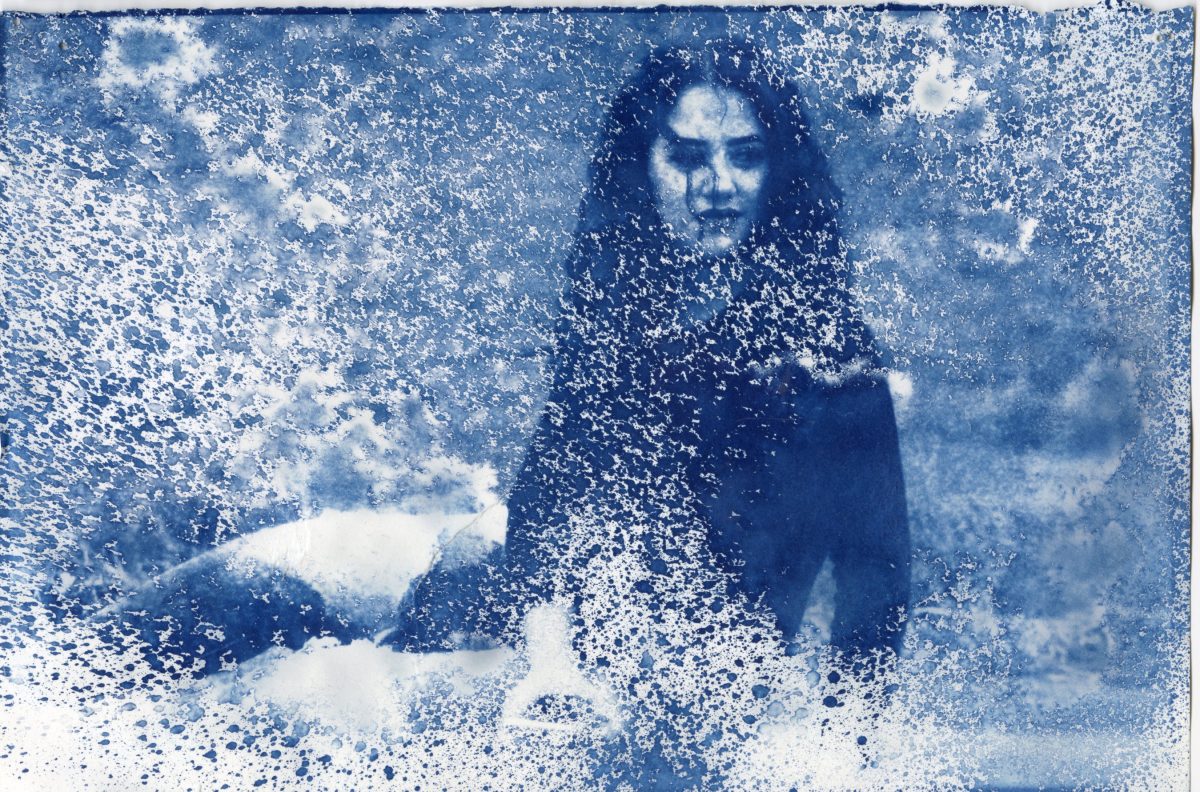By Zandra Weaver
Canalside Chronicles Staff
The Erie Canal is a New York State icon. The winding, manmade body of water stretches over 300 miles as it travels from Albany to Buffalo. Many New Yorkers and tourists use the canal as a source of recreation and travel, boating up and down the canal, and walking, biking and skating along its sides. For Michael Chislock, Ph.D. of The College at Brockport’s Environmental Science Department, the canal serves as a teaching tool.
Chislock is a limnology professor. Limnology is the study of the biological, chemical and physical features of freshwater. Naturally, the canal serves as the perfect place for students of limnology to practice the same skills they’ll need in the field.
Chislock’s students ventured out onto the canal in the department’s steel boat, named the Madtom. They spent their lab period identifying zooplankton, or small animals such as krill, collecting algae and collecting water to test for nutrients related to the agriculture industry, such as nitrogen and phosphorus. The students collected the water samples using homemade integrated samplers, which were cobbled together out of PVC pipe, racquetball stoppers, eye bolts and rope. Chislock taught them how to filter and process the samples while still on the Madtom.
“We’re actually giving them practical knowledge and skills that they’re putting to use in their daily lives and I think that’s what excites me the most,” Chislock said.
When the students were done collecting samples, they brought them back to the lab to run a myriad of tests, all to determine the water quality. The students even found a species of phytoplankton called microcystis, which springs up in Lake Erie during most summers and can potentially produce harmful cyanobacterial toxins.


























